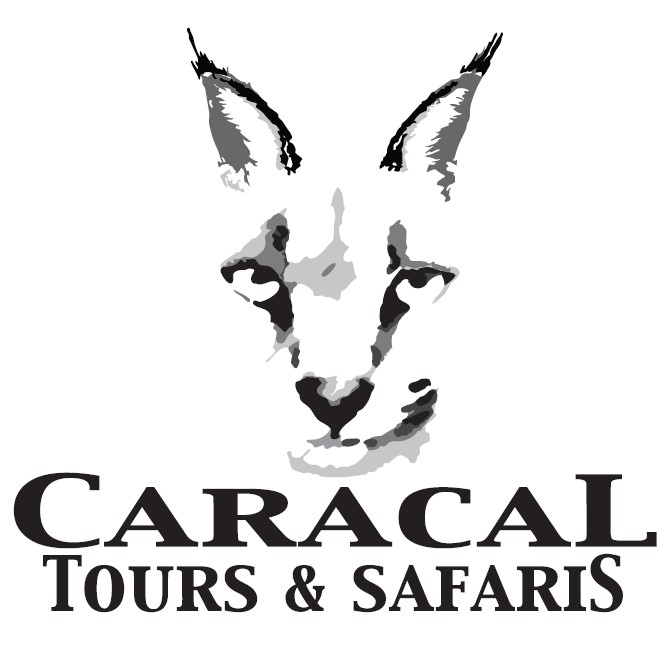local life in tanzania
Tanzania is a melting pot of diverse tribes, each with its own unique traditions and local way of life. While some have embraced aspects of Western culture, many continue to uphold ancient customs passed down through generations. Among these tribes, the Maasai stand out as iconic symbols of Tanzanian and African heritage. Residing in the vicinity of national parks, encounters with the Maasai are inevitable during your travels. It’s essential to approach these interactions with respect for their rich cultural traditions. Embrace the opportunity to immerse yourself in the vibrant tapestry of Tanzania’s tribal communities, where ancient customs intersect with modern life, creating a fascinating blend of tradition and innovation.
Maasai and nature: Ngorongoro Conservation Area
Explore the stunning landscapes of the Ngorongoro Conservation Area on unforgettable hiking adventures, ranging from short excursions to multi-day treks. Home to the Maasai tribe, this area is adorned with a myriad of volcanoes, craters, and calderas, each offering its own unique allure. While the Ngorongoro Crater steals the spotlight, don’t overlook the other hidden gems scattered throughout the region. Discover cascading waterfalls, serene emerald lakes, and panoramic vistas of majestic mountains and lush valleys. Embark on journeys to the picturesque Embakaai and Olmoti Craters, where awe-inspiring panoramas await at every turn. For the ultimate adventure, combine your hike with a visit to Oldoinyo Lengai and the mystical Lake Natron. With knowledgeable guides by your side, traverse the rugged terrain and immerse yourself in the raw beauty of nature. During longer expeditions, let donkeys carry your belongings as you rest in campsites or lodges nestled amidst the wilderness. Experience the magic of sleeping under the stars, surrounded by the tranquility of the African landscape. Embark on a hiking odyssey in the Ngorongoro Conservation Area and uncover the secrets of this enchanting land, where every step reveals a new wonder waiting to be discovered.
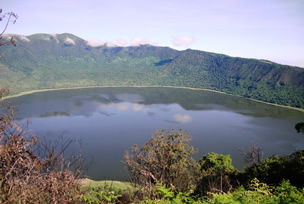
Tribes in Mto wa Mbu
Experience the vibrant village of Mto wa Mbu, aptly named Mosquito River in Kiswahili, nestled near Manyara National Park. This lush green oasis, shaded by towering trees, beckons travelers with its abundance of fruit and souvenir shops, offering a refreshing stop to stock up on local produce. Home to the resilient Maasai tribe for over two centuries, Mto wa Mbu bears witness to their rich cultural heritage. With a history shaped by battles and migrations in search of pastures for their livestock, the Maasai have become synonymous with strength and tradition. Today, they share tales of past adversaries, like the Datoga, whom they honor as “respected enemies.” Alongside the Maasai, the village hosts other tribes such as the Datoga and Wabulu, while migrants from the Wachagga and Wameru communities have also settled here, drawn by the opportunities presented by tourism. Immerse yourself in Maasai culture during a cultural tour of Mto wa Mbu, where you’ll have the chance to visit traditional Maasai homesteads, adorned with characteristic red shukas, and witness their way of life centered around large herds of goats and cows. Explore the unique architecture of circular houses, designed to protect livestock from predators, and gain insight into the daily rhythms of village life. Beyond the Maasai, Mto wa Mbu offers a tapestry of cultural diversity and experiences, making it a must-visit destination for travelers seeking an authentic glimpse into Tanzania’s rich heritage.
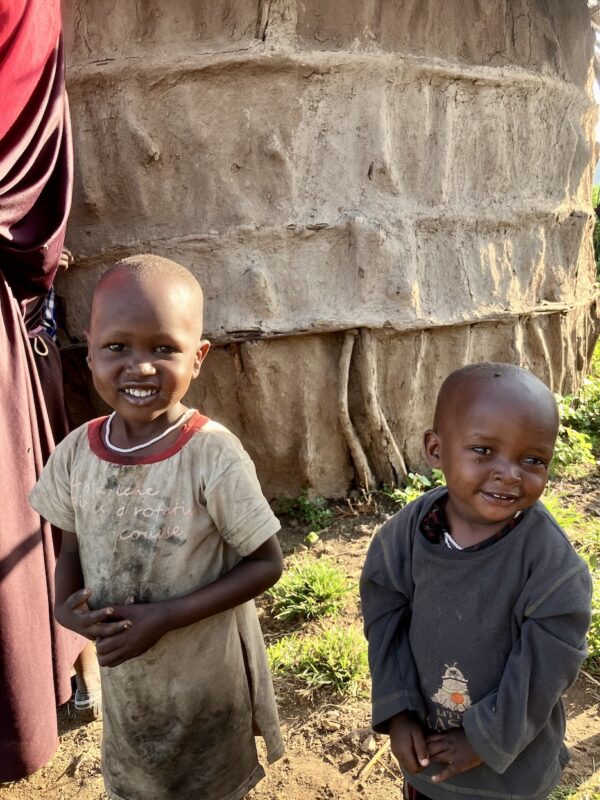
Bushmen in Tanzania: Hadzabe and datoga
Venture into the realm of Lake Eyasi and encounter the ancient cultures of the Hadzabe and Datoga tribes, whose way of life remains deeply rooted in tradition. Living off hunting and gathering, or pastoralism, these tribes offer a captivating glimpse into humanity’s primal past. Join the Hadzabe on a dawn hunt, witnessing firsthand their mastery of the bow and arrow, tipped with deadly poison. As the earliest known inhabitants of the region, they embody a unique blend of resilience and adaptability. With their distinctive appearance—marked by high cheekbones, lithe frames, and fair skin—the Hadzabe resemble the San, or Bushmen, of southern Africa, underscoring the shared heritage of indigenous peoples across vast distances. Listen to the rhythmic cadence of the Hadzabe’s click language, echoing the ancient tongues of their forebears, as they share their customs and traditions passed down through generations. Witness their ritualistic smoking of bone or metal pipes, a practice steeped in cultural significance and ancestral reverence. Meanwhile, encounter the Datoga, also known as the Barbaig or Mang’ati, a pastoralist tribe that migrated to the area three centuries ago. Admire their craftsmanship as they fashion intricate bracelets and necklaces from natural materials, each piece a testament to their artistic heritage and cultural identity. Embark on a cultural journey through time as you immerse yourself in the rich tapestry of life woven by the Hadzabe and Datoga tribes of Lake Eyasi, where tradition meets modernity in a timeless dance of survival and adaptation.
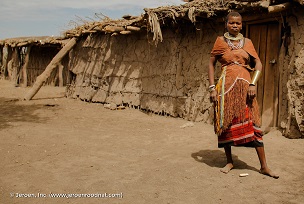
Marangu: capital of the chagga
Nestled east of Moshi, Marangu is a charming town renowned as the gateway to the iconic Marangu route on Kilimanjaro. Beyond its mountaineering allure, Marangu boasts a vibrant market scene and a rich tapestry of Chagga culture. Explore the bustling market streets, where locals and visitors alike mingle amidst the colorful array of goods on offer. Surrounding the town, verdant landscapes dotted with banana trees paint a picturesque backdrop, offering a glimpse into the traditional life of the Chagga people. Immerse yourself in Chagga heritage at the Chagga Live Museum, where interactive exhibits bring the culture and history of the region to life. Delve into the depths of the earth with a visit to the Chagga Caves, where ancient stories echo through the cavernous halls. Discover the natural wonders of Marangu on a journey to its numerous waterfalls, easily accessible by car followed by a brief stroll. Marvel at the cascading beauty of these pristine falls, each offering a tranquil oasis amidst the lush surroundings. Experience the charm of Marangu on a full-day excursion, where adventure and culture intertwine to create unforgettable memories. Let us guide you through this enchanting town, where every corner reveals a new facet of Tanzanian beauty and heritage.
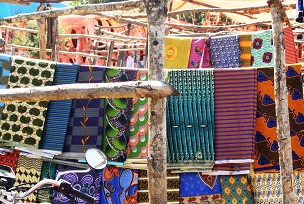
Kilimanjaro coffee: Materuni
Located north of Moshi, Materuni village beckons with its lush coffee plantations and breathtaking natural beauty. Embark on a journey to this picturesque village, where a world of discovery awaits amidst the verdant landscapes. Explore the intricacies of coffee cultivation with a guided tour through the plantations, where you’ll witness the entire process from seed to cup. Engage your senses as you learn about the art of coffee making, from planting and harvesting to roasting and grinding, culminating in a tantalizing taste of freshly brewed coffee. Venture further into the wilderness with hiking opportunities to majestic waterfalls, offering a refreshing escape into nature’s embrace. Feel the mist on your skin as you stand in awe of these cascading wonders, immersing yourself in the serenity of the surroundings. Indulge in a delicious lunch amidst the tranquility of Materuni village, savoring the flavors of local cuisine prepared with care and expertise. For those seeking a deeper connection with nature, camping options are available, allowing you to spend the night under the starlit African sky. Let us arrange your day trip to Materuni, where every moment promises an enriching experience filled with adventure, culture, and the essence of Tanzania’s natural wonders.
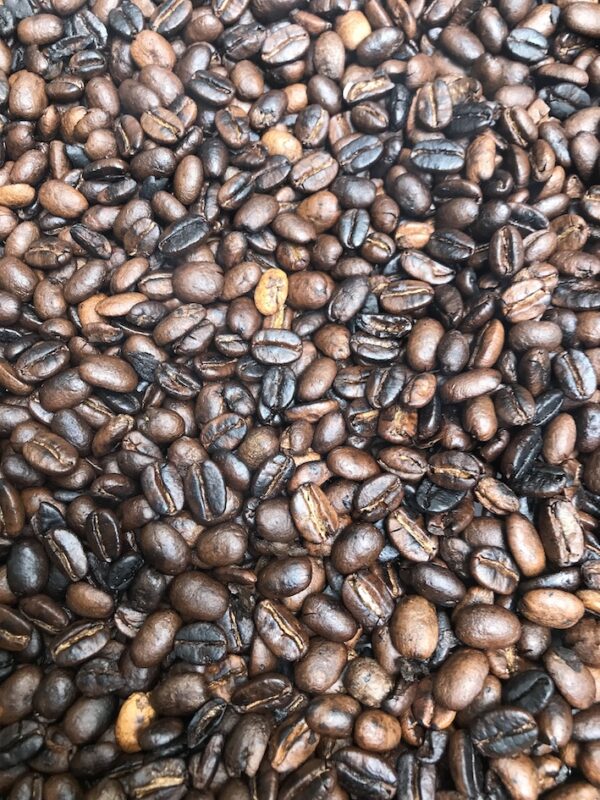
Old Moshi: visiting a Chagga home
The Chagga tribe, predominant on Kilimanjaro’s lower slopes, thrives on subsistence agriculture, cultivating staples like bananas, maize, and beans. These villages, such as Mdawi, Uru, Mbokomu, and Kidia, retain their authentic charm amidst verdant landscapes and are accessible via small paths and roads. Ideal for walkers and trekkers, this region offers a tranquil retreat with stunning views of Kilimanjaro’s peaks, Moshi, and the plains below. Bananas and coffee contribute to the area’s lush greenery, while valleys and hills provide picturesque vistas of Mount Meru to the west and the Pare Mountains to the southeast. En route, encounter cascading waterfalls, babbling streams, and indigenous wildlife like green and white keeled monkeys. Immerse yourself in Chagga village life, observing agricultural practices, local brewing traditions, and the joyous play of schoolchildren. Accommodation and meals, graciously provided by villagers, offer an authentic experience. Treks can range from a few hours to several days, tailored to your preferences, with local English-speaking guides ensuring an enriching journey through this cultural and natural wonderland.

